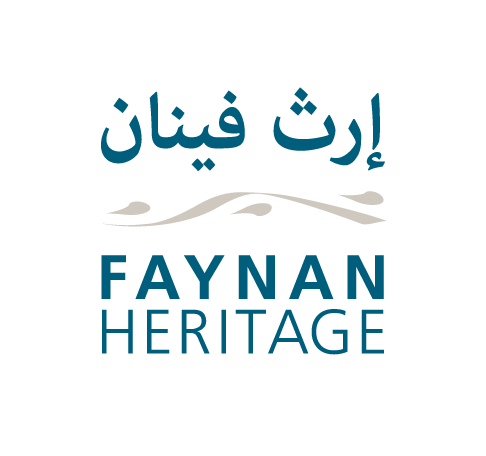Getting to camp
Getting to camp video
The road from Amman to al-Jafr was long and just after entering in the desert, we were instantly struck by a harsh sandstorm. The hospitality of the Bedouin at this point was much appreciated and Abu Yazin’s camp served as our safe haven. I has previously met Abi Yazin in July of 2018 when I accompanied some archaeologist through the region. Abu Yazin had been there to supervise the camp and be a warrant for us to be on the tribe’s land. While spending afternoons and nights talking and dining with Abu Yazin, I learned much about the Bedouin culture, including the tradition of setting up falcon trapping camps in the desert during the migration period from early September to mid-November. It turned out that Abu Yazin was running one of these camps with his close friends and relatives and invited me to join them for a week in October. As the practice of hunting falcons and the traditions linked to this social activity on the camp were closely related to another project sponsored by the UK’s Arts and Humanity Research Center, co-directed by Prof. Cheryl Makarewicz, an anthropologist who joined us on the excavation camp, we instantly accepted the invitation.
The local Bedouin told us that falcons are trapped in the eastern deserts because the flat basalt gravel terrain allows trucks to drive quickly without obstacles when in pursuit of the falcons, unlike other regions of Jordan where terrain is more rugged. Cheryl and I, together with Prof. Fares Khoury, spent 8 days in the camp in al-Arfa with the Bedouin to learn more about their traditional practice and passion for birds. Abu Yazin’s camp was one of 50 temporary shelters dedicated to the falcon chasing activity. According to him, there are around 200 trucks here specifically for the purpose of capturing falcons in al-Arfa, an area of about 15 square kilometers of desert around 60 km east of al-Jafr, the nearby village where most of the participants live. Abu Yazin’s tent, called ‘bet sha’ar’ in Arabic, housed ten of his relatives and friends including us. In the very typical fashion of equipment from nomadic population, the tent was hand-sewn out of goat hair by Bedouin women. Being the only shelter from the sun and the rain, the tents must be very resistant to these elements, as this is where the Bedouin spend most of their down time.
Some Bedouin stay for the whole season and some for only a couple of days or weeks, due to personal or professional reasons. The campsite serves as a place to gather and share their love of birds, which is not limited to falcons. For the Bedouin, birds are a source of inspiration for drawings, poetry, and stories. When they aren’t hunting, they dedicate their time to learning about new species of birds; talking about the price birds have fetched; and telling stories about previous catches that have been passed down and retold for generations. Hunting teams often visit other camps and welcome others into their own camp by offering a traditional tea or coffee.
